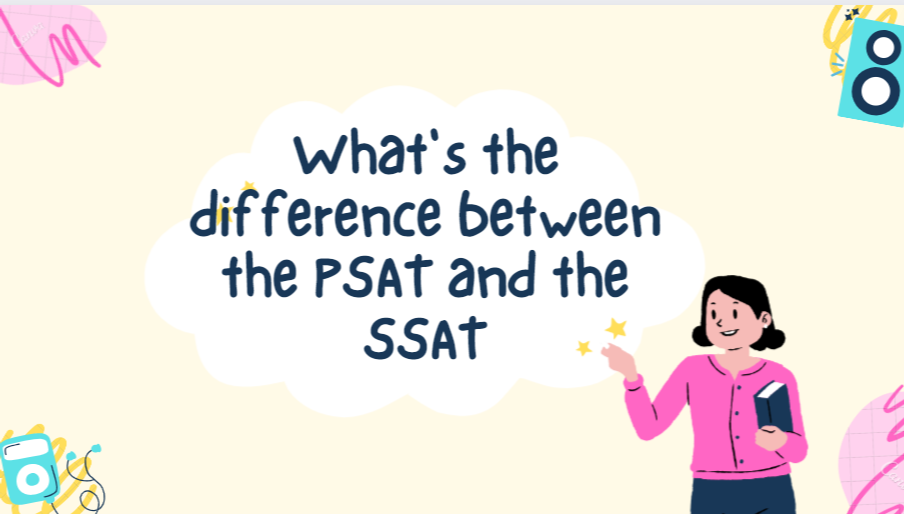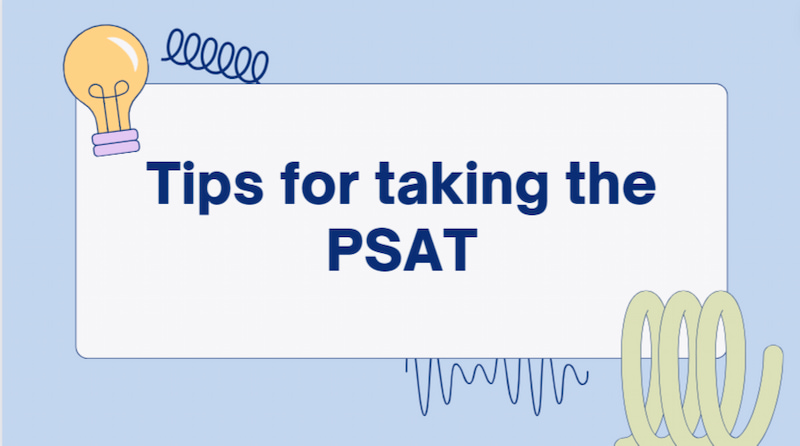Choosing between SSAT vs PSAT is a crucial step for students eyeing their future academic paths. Both exams serve as gateways to different educational opportunities, with the SSAT opening doors to prestigious private schools and the PSAT acting as a stepping stone toward national merit scholarships and college readiness. Understanding the nuances of PSAT vs SSAT is critical to making an informed decision that aligns with your academic goals and aspirations. As we unfold the layers of these exams, remember that your choice could be the first step toward shaping your educational journey.
What Is SSAT?
The SSAT stands as a beacon for students navigating their way through the admissions process of private schools, distinguishing itself as a pivotal element in their educational journey. This exam measures students’ verbal, quantitative, and reading skills, aiming to provide a standardized benchmark for independent schools in assessing applicants. With the ongoing debate on the difference between SSAT and PSAT, understanding the SSAT’s role becomes even more critical. It’s not just about evaluating current abilities but also about highlighting potential for future academic success. You can read about it in the following table:
| Current Grade |
Appropriate Test Level |
| Grades 3-4 |
SSAT Elementary Level Test |
| Grades 5-7 |
SSAT Middle Level Test |
| Grades 8-11 |
SSAT Upper Level Test |
This table encapsulates the SSAT’s comprehensive approach to assessing various skills. As we delve deeper into what the SSAT entails, it becomes apparent that this exam is more than just a test; it’s an opportunity to stand out in the competitive landscape of private school admissions. In reflecting on the difference between the SSAT and PSAT and what’s the difference between the PSAT and the SSAT, the significance of the SSAT in paving the way for educational opportunities becomes unmistakable.
What Is PSAT?
The PSAT, often viewed as a preliminary step toward the SAT, serves as a multifaceted tool in the college preparatory process, offering a glimpse into the standardized testing environment that high school students will navigate. As questions about whether is PSAT similar to SSAT arise, it’s crucial to understand the unique position of the PSAT in the landscape of academic assessments. Not only does it provide students with a benchmark for their current academic abilities, particularly in critical reading, math, and writing skills, but it also plays a pivotal role in qualifying for the National Merit Scholarship Program. The conversation around SSAT vs PSAT score further illuminates these exams’ distinct purposes, each targeting different milestones in a student’s educational journey.
Understanding the PSAT’s structure and objectives is the first step toward leveraging it as a strategic tool in college preparation. As we delve deeper into the nuances of this exam, it becomes clear that its value extends beyond simple practice for the SAT. By aligning with the right strategies and insights, students can maximize their PSAT experience to pave a smoother path toward their academic goals.
What Is the Difference Between the SSAT and PSAT?
Navigating the landscape of standardized testing can often feel like charting unknown territories, especially when distinguishing between the SSAT and PSAT. These exams, while serving as academic benchmarks, cater to different audiences and purposes. The SSAT is primarily targeted toward students seeking admission to private middle and high schools, focusing on verbal, quantitative, and reading skills. In contrast, the PSAT serves as a precursor to the SAT, offering high school students a glimpse into the college admissions testing environment and a chance to qualify for the National Merit Scholarship.
Such resources are pivotal in guiding students through the nuances of the exam, from understanding the types of questions asked to developing effective time management skills. On the other hand, preparing for the SSAT might involve a different set of materials, emphasizing different skill sets.
Equally important is knowing what to bring to PSAT, which underscores the practical aspects of test preparation, including the necessary identification, approved calculators, and other essentials for the test day. This logistical preparation, while seemingly minor, plays a crucial role in ensuring a smooth testing experience.
As we delve deeper into the similarities and differences between the PSAT and the SSAT, it becomes evident that each test not only assesses distinct skill sets but also represents different steps along the academic journey. Understanding these distinctions helps in making informed decisions about which tests to take and when ultimately guiding students toward their educational objectives.
What Is a Good SSAT Score?
Understanding what constitutes a good SSAT score requires navigating through the complexities of standardized testing and recognizing the varied benchmarks set by different educational institutions. The SSAT, designed for students seeking admission into private schools, evaluates verbal, quantitative, and reading skills. In this context, a “good” score is often relative, aligning with the percentile rankings that private schools consider for admission.
Conversely, when discussing what is a bad PSAT score, it’s essential to remember that the PSAT serves not only as practice for the SAT but also as a qualifier for the National Merit Scholarship. Scores on the PSAT are reported on a scale similar to the SAT, and what might be deemed “bad” is subjective, depending on the goals and expectations of the student. Both exams provide valuable feedback on areas of strength and improvement, albeit serving different purposes in a student’s academic journey.
Both the SSAT and PSAT allow the use of calculators for part of their math sections, highlighting the importance of familiarizing oneself with tools that can aid in solving complex problems efficiently. The choice of a calculator can be a strategic decision, impacting a student’s performance and comfort level during the test.
In exploring the similarities and differences between the PSAT and the SSAT, it becomes clear that while both are pivotal in the academic assessment landscape, they cater to distinct phases of a student’s educational path. Deciphering what a “good” SSAT score entails involves understanding the specific requirements and expectations of the schools to which one is applying, just as interpreting PSAT scores requires a focus on both immediate and long-term academic goals.
FAQ
How Does the SSAT Compare to the PSAT?
The SSAT and PSAT cater to distinct academic phases: the SSAT evaluates middle to high school students for private school admissions, focusing on verbal, quantitative, and reading skills. The PSAT, a precursor to the SAT, preps high school students for college entrance exams and qualifies them for scholarships. While the SSAT aligns with private school criteria, the PSAT provides a benchmark for the SAT, reflecting its structure but tailored for younger students.
How Is the SSAT Scored?
The SSAT score is calculated by first converting raw scores, which are the number of correct answers, into scaled scores for the verbal, quantitative, and reading sections. These scaled scores are then added to produce a total scaled score. Unlike the PSAT vs SAT, where scores are used for college admissions and scholarships, SSAT scores are primarily for private school admissions, highlighting different purposes and scoring methodologies in standardized testing.
When Can I Take the SSAT, and How Do I Sign Up?
The SSAT is offered multiple times a year, typically from October through April, with select dates in June. To register, candidates must visit the official SSAT website, create an account, and follow the registration process, selecting their preferred test date and location. This process mirrors the strategic planning required for professional advancements, akin to utilizing services like best legal resume writing services for crafting impactful career documents.



